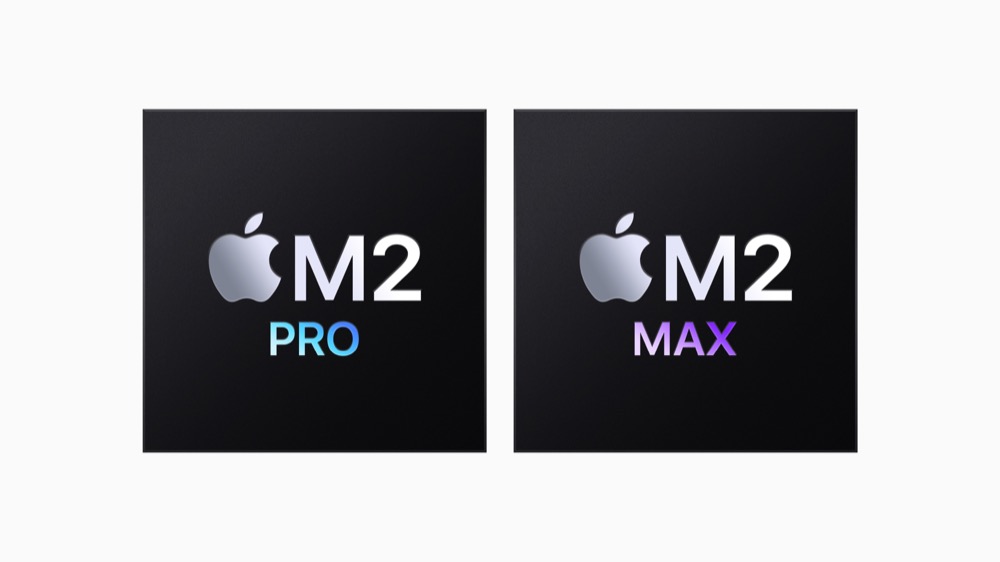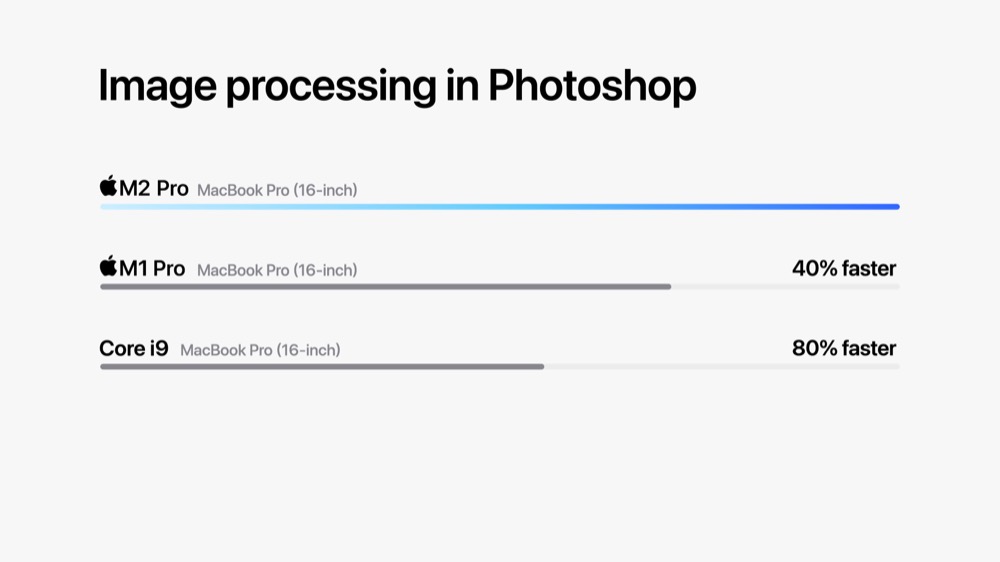With Apple Silicon, the Mac is now ascendant leaked benchmarks show

Mac minis just got really, really good with Apple Silicon
Apple has managed to deliver significant improvements with its newly announced Macs, which provide excellent performance increases while maintaining the low energy requirements, leaked data shows.
This bodes well for M2, and even better for M3
Newly slipped benchmarks suggest excellent gains across the board with the debut of the all new Mac mini and MacBook Pro models equipped with M2, M2 Pro and M2 Max chips.
While these initial benchmarks should be seen as hints of what’s to come, as we won’t really have accurate data until thousands of these machines are tested, as that’s what Geekbench data relies on, we do get a glimpse of what to expect.
One important expectation concerns the base M2 Mac mini.
Mac mini with M2 may blow our minds
The data seems to show that this will deliver performance on par with the M2 MacBook Air. This alone confirms Apple’s promise that the entry level Mac mini will deliver up to 18% performance gains.
Comparing last year’s Mac mini with the current M2 MacBook Air you’ll see the former deliver similar performance, which makes for significant improvements. (You must see those predictions as being estimates, as they do not consider the impact of the different hardware designs, any over- or under-clocking of the chip, or any impact that may or may not be felt when running an external display.)
What it does suggest is that if you own an M1 Mac mini you will see significant performance improvements, while if you are using an Intel-based Mac mini you get almost double the performance at much lower energy demands.
The data returns significant improvements across the board.

Apple competes with itself
The Mac mini with an M2 Pro delivers a single-core score of 1,952 and multi-core score of 15,013 for a configuration with 16GB of unified memory. That makes it one of the fastest Macs you can get, capable of competing with an entry-level 2019 Mac Pro and even faster than that of the Mac Studio or high end ’21 MacBook Pros.
This repeats of course with the M2 Pro MacBook Pro and bodes extremely well for the M2 Max-powered MacBooks, details of which haven’t yet emerged. All the same, the suggestion is that the M2 Pro Macs will be faster even than last year’s top of the line M1 Max systems, and the M2 Max Macs will be significantly faster than those.
In other words, Apple’s processor development teams have already reached a point at which they are competing mainly against themselves – and we can anticipate yet another big step forward when 3nm M3 systems begin to appear.

You’ll get more than you ever thought possible in a mini
Computational advantage and low power
Apple continues to maintain its two key strategic aims in Mac processor design: to make faster chips that deliver high levels of computational performance while requiring as little energy as possible.
That performance per watt equation makes for longer battery life, but for businesses running fleets of desktop devices can generate vastly lower energy supply bills, which can’t be bad. Combined with the many other reasons to invest in Macs, businesses should expedite the shift.
Apple has no intention of stopping there.
If you look you’ll see that the M-series chips actually comprise highly sophisticated system on chips, integrating CPU, GPU, memory, image signal processors, encoding and decoding, device I/O, SSD controllers and so on.
Combining all these elements on one chip makes for significant performance improvements in Apple’s hardware, but the company doesn‘t want to stop there. We know it continues work to build its own 5G modems, which will likely integrate other elements of networking.

Apple’s Mac is now ascendant
We also know it is plotting its path to replace other components with its own designs.
The next inevitable step will be to combine all those functions within its processors, which accompanied by its own home-baked software should enable even more performance advantage at low power, enhancements within which will also feed into the company’s product road map as it seeks hardware-based micro-innovations as the size of processor designs becomes a less competitive space from which to yield performance gains.
That’s going to mean more and more innovation in chip structure as well as design, which is where complex SOC’s come in.
Apple’s road map clearly comprises all these elements, with an unstated goal to achieve around a 12-20% performance gain with every major chip release. Given the years during which Apple found itself completely unable to chase that kind of enhancement in its Macs, the company seems to now promise years of innovation on its original PC.
The move to Apple Silicon promises a decade of Mac ascendancy. Market data has already begun to confirm that. Even as the overall industry saw double digit decline, Mac marketshare continues to climb and, in terms of the processor, at least, is on track to maintain that direction.
Please follow me on Mastodon, or join me in the AppleHolic’s bar & grill and Apple Discussions groups on MeWe.




